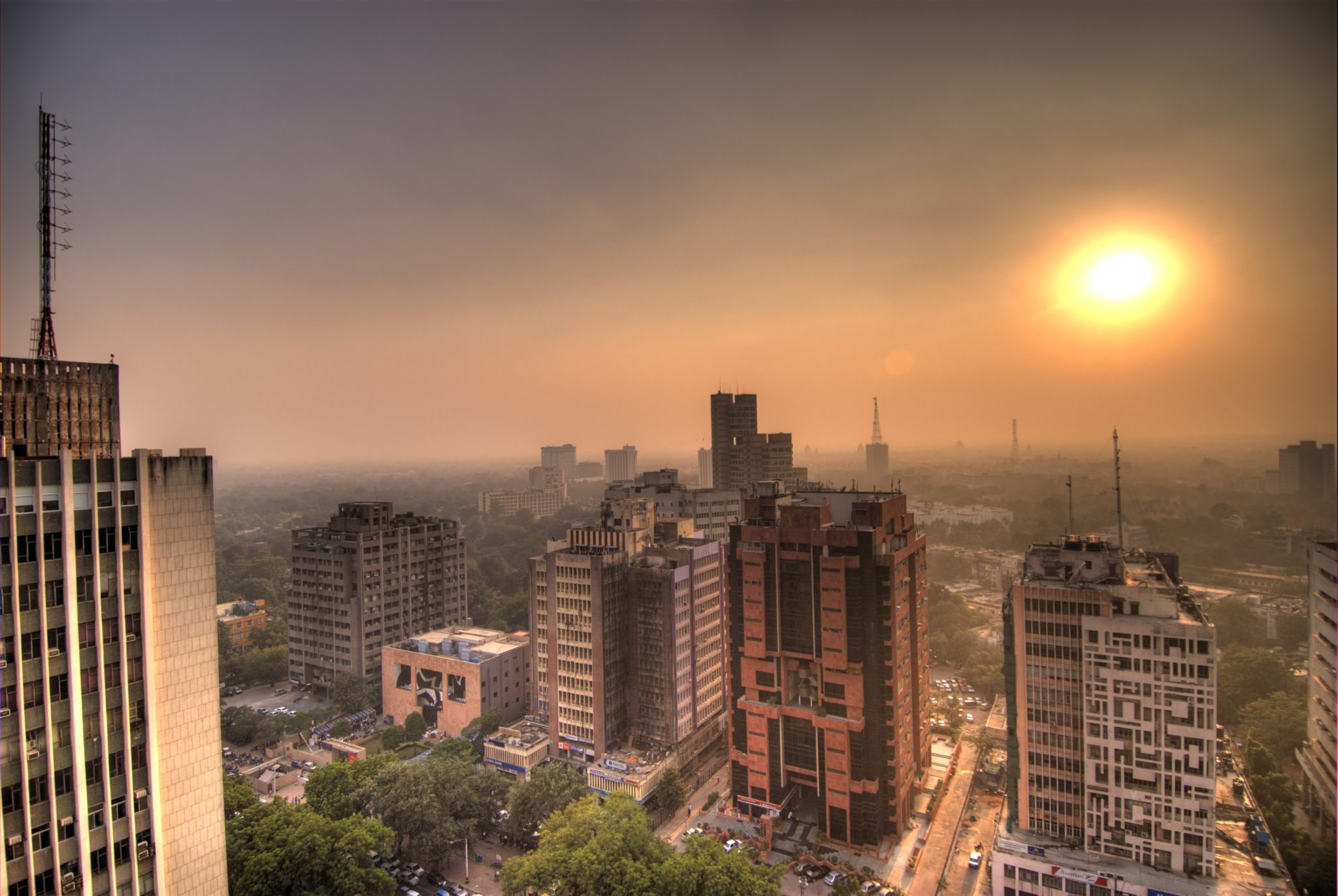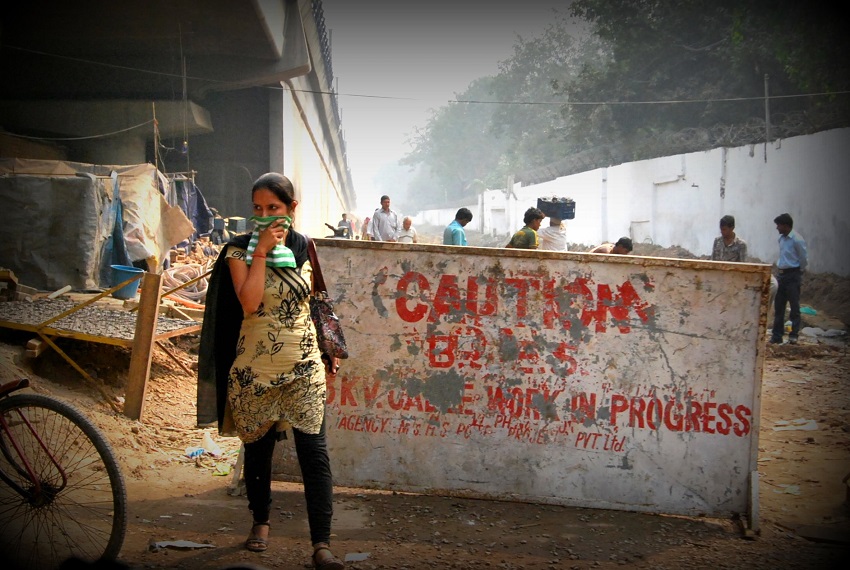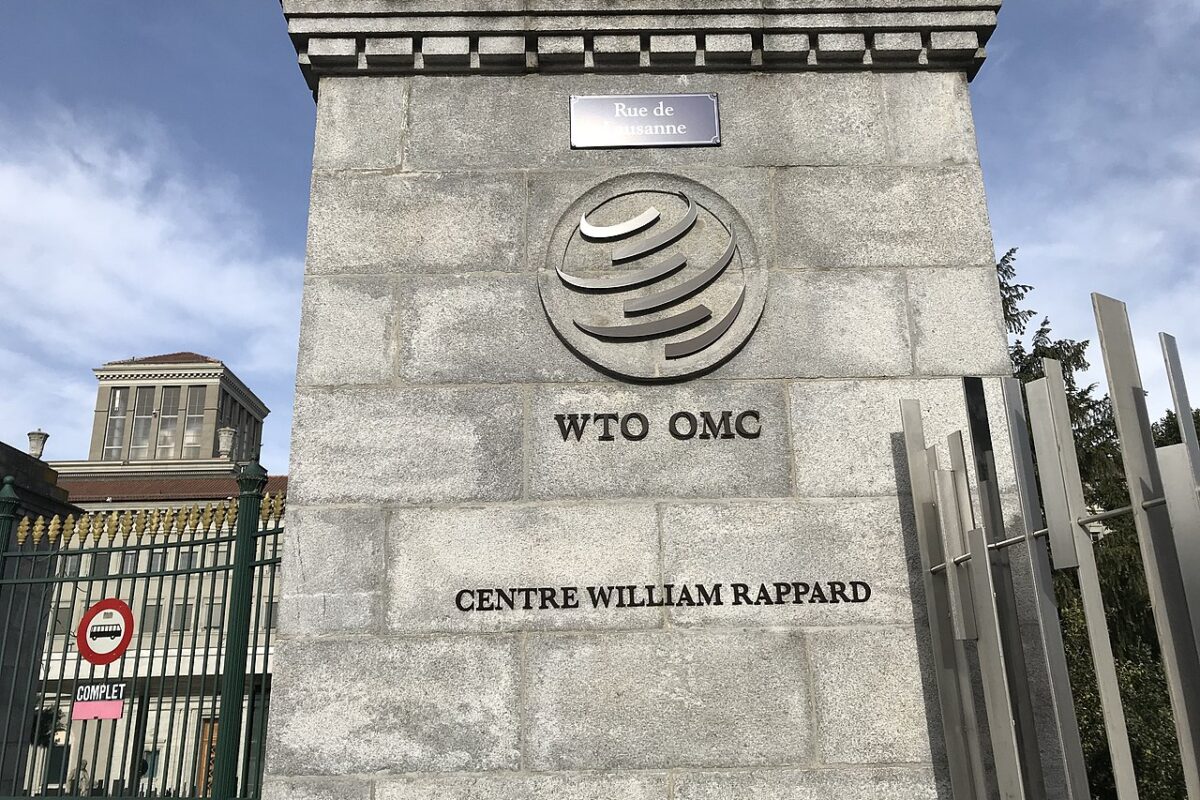Whenever the European Union (EU) attempts closer fiscal, political and cultural integration it inevitably encounters equal amounts of resistance to balance out Brussels’s enthusiasm. In the U.S., political priorities differ from state to state, with the desires of the flyover states consistently different from the dreams of the ‘coastal elites’. Maintaining fair and functional democracy over vast distances, varying terrains and climates, and a kaleidoscope of cultures is no easy task; doing so under the umbrella of one government is nigh-on impossible.
India, for all its faults, regularly impresses with the way it steers the world’s biggest democracy through rough waters. In a nation of 1.26 billion people – 834 million of whom can vote freely – pleasing all the people all the time is a thankless task. Hence, Prime Minister Narendra Modi, who assumed office in May 2014 after serving more than a decade as Chief Minister of Gujarat, is a divisive figure. But then, anybody who takes the helm of such a populous country will face accusations of bias.
From antiquated caste and often-turbulent religious divisions, to vast economic and social inequities, India could easily be described as a divided rather than united country. But on one topic there is near-universal consensus: the need to accelerate the growth of India’s economy.
Of the world’s chief polluting nations and regions – China, Russia, the U.S., the EU and Japan – India stands alone as the only country where carbon emissions are increasing. In 2016 they rose by 5%, and are set to continue rising over the next few years.
This increase in emissions curiously shares headline space with India’s bold 175 GW renewables target for 2022. That both India’s CO2 and clean energy growth figures are among the bulkiest in the world is testament to the nation’s ambitions: providing energy access for all by 2018, while assuming a leading role in the global fight against climate change.
India’s Modi was pivotal in the creation of the International Solar Alliance (ISA), first unveiled in Paris at the COP21 UN Summit in 2015. Two years later the ISA is still in its formative state, but the mooted inclusion of China will bring much-needed gravitas to the body, which is targeting many gigawatts of solar installations across the globe over the next decade.
This year, India will install more than 10 GW of new solar PV capacity, pushing the U.S. close for that second spot behind China. However, the path to PV growth remains littered with numerous hurdles – many of which could be considered self-imposed. While investment of an estimated $30 billion a year on renewables may appear more than sufficient, prevailing geopolitical, economic and social forces threaten to slowly deflate India’s solar bubble.
A greener growth?
India’s solar growth in recent years has been consistent, growing from around 2,650 MW cumulative capacity in 2014 to more than 14.7 GW this year. However, Indian solar analysts Bridge to India believe that this growth could be limited in the coming years, falling to between 5-6 GW for large scale installations, albeit with the distributed generation (DG) sector taking up some of the slack to reach as much as 3 GW annually by 2020. “There is growing power surplus in the strongest solar states in India,” Bridge to India’s senior manager marketing & communications Vandita Sheoran told pv magazine. “This has arisen mainly due to huge coal-fired capacity additions – of around 80 GW – in the last five years coupled with slower-than-expected demand growth.”

Sheoran calculates that demand for power has grown by just 4% per annum in 2017, against a forecast growth of 8%. Allied to the lengthy lead times required for coal power development, India’s government is facing the situation where solar development is likely to be cut back in order to enable these thermal projects to be completed – an approach that would appear to run counter to the Ministry of New and Renewable Energy’s (MNRE) aim of pursuing 175 GW of renewables capacity over the next five years.
“The government has only recently acknowledged that thermal capacity additions should be slowed or even fully stopped after 2022 for five years,” Sheoran said. “In these circumstances, it is untenable that India will keep adding the same amount of solar and wind capacity as before.”
Such news will bring little cheer to the people of Delhi. The Indian megacity spent much of November blanketed under a dense layer of smog, prompting doctors to declare a city-wide public health crisis. Spending a day in Delhi in November was akin to smoking 50 cigarettes over a 24-hour period, the World Health Organization (WHO) calculated. Conditions were exacerbated by a lack of wind, but the gnarled, grid-locked streets of the capital remain a choking reminder of the problem.
However, while India’s polluting transport fleet is a contributor, industrial-scale emissions are a leading cause of the nation’s air pollution as the pursuit of economic growth usurps most other concerns. Weak environmental regulations, stymied by understaffed State Pollution Control Boards, provide little deterrent to businesses that are burning their way to prosperity. By contrast, China wrestles with its deadly pollution levels by handing down heavy fines and even cease and desist orders to the worst offenders – a not-so-accidental benefit of operating as a one-party state government.

Guiding hand of government
If India’s government can be said to have provided the carrot for solar’s growth, it could be argued that Chinese companies provided the stick. With a 100 GW by 2022 target, supported by vast solar tenders and supportive legislation in varying states, the ground has been smoothed for developers to build, and build big.
Driving India’s solar generation march has been low-cost solar components from China. In 2017, modules from China have accounted for 89% of all installations, and at prices as low as $0.32/Wp, according to data from PV Insight. Indian-made solar modules are more expensive, often of lower quality, and not produced in the volumes required for the nation to be even partly self-sufficient.
MNRE data reveals that India’s cell manufacturing capacity is just 3 GW, with module capacity at 7 GW. However, utilization rates are low, with actual production barely scraping past 700 MW and 1.7 GW for cells and modules respectively.
“The MNRE has gone on record to state that it needs to address the issues of technology obsolescence and fragmented, small-scale operation that are major challenges currently facing the domestic PV manufacturing industry,” Ameeta Duggal, partner at Delhi-based law firm DGS Associates told pv magazine.
Duggal argues that, in view of such an admission from government, India’s PV sector requires further incentivization and support if it is to grow to the levels required to meet its ambitious goals and become competitive on a global scale. Some players within the sector believe that the introduction of anti-dumping duties (ADD) on Chinese, Taiwanese and Malaysian solar components is required. At the time of going to press, the Directorate General of Anti-Dumping and Allied Duties (DGAD) was mulling the proposal for the introduction of such duties, with a decision expected at the end of November. Some manufacturers anticipate an ADD of at least $0.10 per watt – or around 30% of the module cost – which, allied to an expected module price increase next year, could spell trouble for India’s 2022 solar goal.
“The imposition of ADD is likely to impede growth and deprive the manufacturing industry of its competitive edge,” Duggal said. “The government already incentivizes the manufacturing sector, including capital subsidies. These incentives have seen the manufacturing sector grow at least three times since 2014, when the industry first demanded ADD.” That time, the government rejected the petition and enjoyed three years of unstinting growth. This time, however, the outcome is less clear.
“Solar imports are critical to India’s generation sector, which is growing at an exponential pace,” Duggal argued. “ADD will put excessive financial burden on this industry, ensuring non-achievement of the target India set itself under its National Solar Mission.”
Don't miss the pv magazine December issue
* How solar empowers women in India
* Trump and solar
* Trade show highlights 2018
* Italy market update
And much more!
Instead of ADD, Duggal suggested, the government should introduce other ways to support the demands of the industry. Concerns over quality, discussed at length during the pv magazine Quality Roundtable at the Renewable Energy India Expo in India in September, can be assuaged and addressed through the Solar Photovoltaics, Systems, Devices and Components Goods order that was introduced in August, stressed Duggal. “This will ensure that solar cells and modules imported into India conform to the specified standard and bear the standard mark as notified by the Bureau for Indian Standards.”
Bridge to India estimates that India’s solar pipeline stands at more than 10 GW. Much of these projects are being built under the government’s Domestic Content Requirement (DCR) category and, while ostensibly would be unaffected by the introduction of ADD, could encounter price hikes as manufacturers increase their own prices in light of any duty imposition.
Those projects that will rely on imported modules could well see an increased development cost of 18%, Bridge to India calculates: with modules contributing to approximately 60% of plant costs, a duty of 30% on modules could add up to $14 million extra costs for a 100 MW project. Such projections starkly highlight just how at risk many of India’s planned – but not yet built – GWs of solar will be if ADD is introduced.
ADD vs. PPA
Should ADD become a reality – which could be as soon as February 2018 – Bridge to India has estimated that the average power purchase price would also have to increase by around INR 0.48/kWh (approx. $0.01/kWh) to restore pre-ADD financial returns for agreed PV projects. Such reviews are unlikely, the analysts argue, because most PPA contracts are not designed for revision, and local DISCOMs would be strongly opposed to absorbing these additional costs.
The only chink of light for EPCs in India would be if government installed an ADD exemption on projects auctioned before the date of the filing of the petition in July 2017. Whether such an amnesty arrives is uncertain, Bridge to India says.
In the state of Rajasthan in May, Acme Solar Holdings won the rights to develop 200 MW of PV for a record-low tariff of $0.038/kWh – a price based on the assumption that solar module costs would continue to fall. However, slight module price increases seen in the third and fourth quarters have delivered a painful shock to the sector.
“The sector has probably hit the bottom for pricing, and there is now a growing understanding that such low prices might prove suicidal for some developers,” Subrahmanyam Pulipaka, CEO of Indian solar research firm Soreva said. “We have already begun seeing compromises on quality and installation practices due to pricing fluctuations. With module price increases set to continue next calendar year, the critical aspect of how PPAs will be valued will likely dictate the direction of the market.”
Heaping further questions of doubt on to this situation are the ongoing disputes between Indian utilities and independent power providers (IPPs) regarding the honouring of existing PPAs. “The sense of trust between IPPs and utilities might be further eroded by pricing concerns, which spells bad news for the market,” Pulipaka added.
Solar silver linings
But despite the dire pollution in cities from Delhi to Mumbai; the projected installation contraction next year; the threat of ADD, and the stubborn refusal of coal power plants to step aside and let renewables take center stage, India’s solar industry still has many reasons to be cheerful. In a short space of time the sector has proven India’s unlimited thirst for clean energy, highlighted the excellence of its domestic fleet of researchers, installers and entrepreneurs, and affirmed its growing role as global influencer with the creation of the ISA.
The Energy and Resources Institute – a Delhi-based thinktank – estimates that India will welcome 200 million extra city dwellers between now and 2030 as the country accelerates its rural-to-urban transition. Energy consumption per head is, therefore, likely to double during that timeframe, but if India can limit emission increases to just a doubling, it will have successfully completed one of the most admirable, low-carbon social and economic transitions ever witnessed.
The democratic steps being taken to achieve this are manifold, and varied. The supreme court banned the letting off of fireworks in Delhi for Diwali this year in order to limit pollution, and the sale of new petrol or diesel cars will be banned from 2030. Regardless of whether India fails or succeeds in its goal of reaching 175 GW of renewables by 2022, the nation will not stop there. Modi has bet his premiership on tackling pollution and climate change, and – rather unusually for such a vocal and energetic democracy like India – he appears to have unlimited reserves of bilateral political and social support to draw upon.
This content is protected by copyright and may not be reused. If you want to cooperate with us and would like to reuse some of our content, please contact: editors@pv-magazine.com.



What would assist India most, I refer to the regions and cities most choking on their own pollution! Solar, despite dumping suspicions, funding of specific projects and that without concerns if at all reasonable about the squeeze on those countries dumping! Some edge on the market must be for quality and control through specific funding!
Very well written!